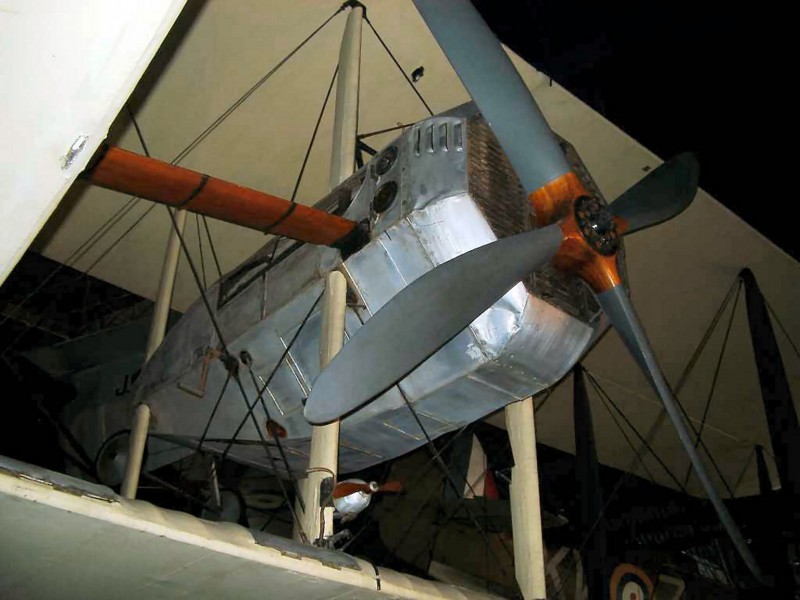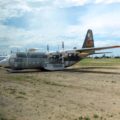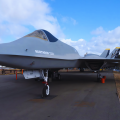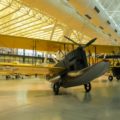
Vickers Vimy | |
|---|---|
| Country | UK |
| Type | Heavy bomber aircraft |
| Description | Album of 27 photos walk-around of a Vickers Vimy |
Fotogaléria Vickers Vimy, The Vickers Vimy Bolo to britské ťažké bombardéry prvej svetovej vojny a éry po prvej svetovej vojne. Dosiahol úspech ako vojenské aj civilné lietadlo, čím vytvoril niekoľko pozoruhodných rekordov v diaľkových letoch v medzivojnovom období, z ktorých najslávnejším bol prvý nepretržitý prechod Atlantického oceánu Alcockom a Brownom v júni 1919.
Zdrojový: Vichers Vimy on Wikipedia
Pozri tiež:
Vickers Vimy bolo britské ťažké bombardovacie lietadlo vyvinuté a vyrobené spoločnosťou Vickers Limited. Navrhol ho Rex Pierson, hlavný dizajnér Vickers, počas neskorších fáz prvej svetovej vojny, aby vybavil Royal Flying Corps (RFC). Vimy mal dvojplošnú konfiguráciu s dvoma motormi Rolls-Royce Eagle VIII, z ktorých každý produkoval výkon 360 koní. Vimy mohol niesť až 1 124 kg bômb a mal dva guľomety Lewis na sebaobranu. Vimy mal rozpätie krídel 20,47 m, dĺžku 13,27 m a výšku 4,65 m. Mal maximálnu rýchlosť 166 km/h, prevádzkový strop 3 048 m a dojazd 1 465 km.
Vimy nevidel aktívny boj počas prvej svetovej vojny, pretože len niekoľko lietadiel vstúpilo do služby v čase podpísania prímeria v novembri 1918. Vimy sa však stal jadrom ťažkých bombardovacích síl RAF v priebehu 1920. rokov a bol použitý v rôznych vojenských operáciách na Blízkom východe a v Indii. Vimy mal tiež úspešnú civilnú kariéru, pretože sa používal na osobnú dopravu a rekordné lety. Najznámejším z nich bol prvý nepretržitý prechod cez Atlantický oceán Johnom Alcockom a Arthurom Brownom v júni 1919, ktorý letel z Newfoundlandu do Írska za 16 hodín a 12 minút. Medzi ďalšie pozoruhodné lety patril prvý let z Anglicka do Austrálie Rossom a Keithom Smithom v decembri 1919 a prvý let z Anglicka do Južnej Afriky Pierre van Ryneveld a Quintin Brand vo februári 1920.
Vimy odišiel z vojenskej služby v roku 1933 a zo štátnej služby v roku 1937. Bol nahradený pokročilejšími a efektívnejšími lietadlami ako Vickers Virginia a Vickers Wellington. Vimy bol dôležitým míľnikom vo vývoji letectva a demonštroval potenciál vzdušnej sily na veľké vzdialenosti.

Views : 2304











